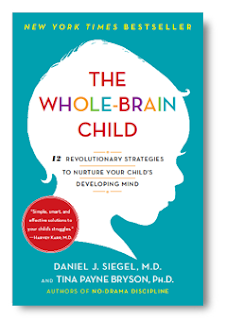Our toddler was having an extra tired day, so he decided it was time to go to sleep an hour before he usually does. It had crossed my mind that this might mean an earlier morning, but you just can’t argue with sleep. After all, he had just spent a better part of the afternoon working away in his new kitchen cutting up fruits and veggies, while baking a pizza for his family members to eat for dinner: Dad and Step-Mom (me) to his  right, and Mom and Mom’s boyfriend to his left. He rubbed his eyes on the way to his real dinner with the three of us instead of the five he had planned for. Although Dad didn’t raise his fist-shaped hands to his eyes to rub away the sleep, he was feeling his long day at work as well.
right, and Mom and Mom’s boyfriend to his left. He rubbed his eyes on the way to his real dinner with the three of us instead of the five he had planned for. Although Dad didn’t raise his fist-shaped hands to his eyes to rub away the sleep, he was feeling his long day at work as well.
Around three in the morning, this once tired little boy found himself between us in bed, wide awake. M.J. lay down, he sat up, he told us he was hungry and thirsty. This two and a half year old even goes as far as to sigh heavily next to us in hopes we would start a conversation with him. His water bottle was still in his bedroom, so naturally my half-asleep self had the winning idea to let him sip from my glass. Almost immediately he was up screaming about being wet from spilling. Now, I don’t have to be at work in a couple of hours like my husband so it would have made the most sense for me to take him back to his room, change him, and lay him back in his bed. But nothing makes sense that early in the morning – except for Dad’s voice.
Dad sounded stern in his first words to redirect M.J.’s attention, but immediately softened to explain to him what was going to happen next. This step by step explanation is something that we found works well for us. It’s something he needs to help gauge who he’s with and where he is going next. M.J. has known nothing else in his life expect for traveling between Dad’s house and Mom’s house. Even still, he began the roll-call game early on to check where everyone is, including himself. “Where’s M.J.?” to which we respond, “M.J.’s here, at Dad’s house.” This has lessened now, but if you listen closely, you can hear him calling roll in a whisper as he falls asleep.
Eventually everyone fell asleep again for what was left of the morning. After Dad got ready for work, I was able to watch him parent the next challenge – the little boy who doesn’t want to wake up. He doesn’t want to use the potty, or stand to get his pants on, he can’t move from his spot without whining for his blanket, and most of all, he doesn’t know that Dad was already getting a late start as it were. My husband whispered to me an irritated, “This is so frustrating.” I could see his frustration, too. I could tell he was running his own day through his head thinking that they should have left already. Yet, his demeanor and words after that became calm and patient. He pulled his son in close and quietly told him what his morning leading up to daycare would look like, that he would see his friends when he got there, and how after one more sleep Mom would be picking him up. M.J. visibly calmed, used the toilet, fed our cat, and picked out a small breakfast bar for the road.
Consciously practicing what we know is best for kids is hard – parents and teachers know this well. I’m in a unique position as a bonus parent to have the opportunity to step back and observe the beauty of my husband’s parenting. I watch him over and over again, subconsciously be inspiring, as he consciously chooses his son first, even when it’s difficult.



